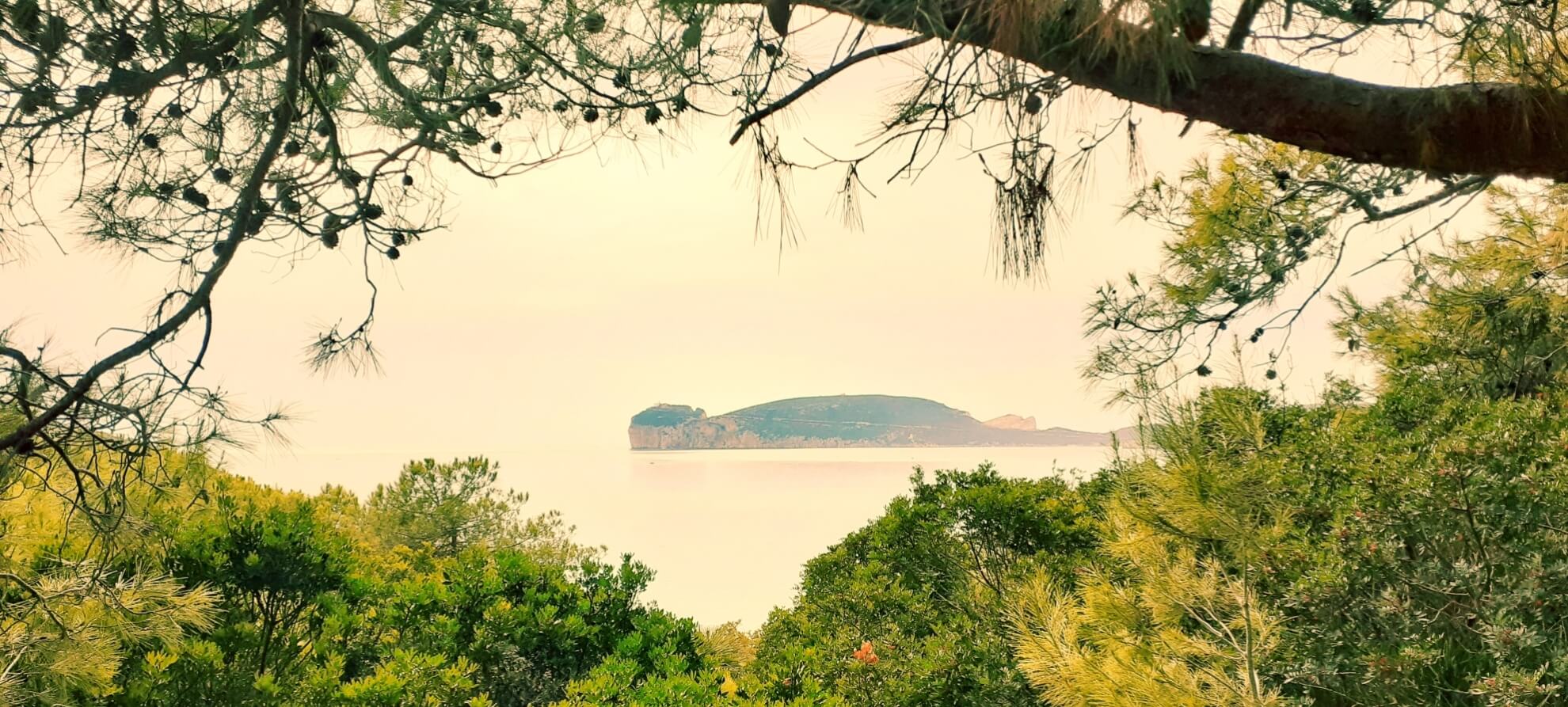History, nature and archaeology for an ever-changing holiday.
Village Nuragico Palmavera
Nuragic settlement built and used by the populations of the "nuragic civilization" between approximately 1500 bc and 800 ad. The megalithic complex is made almost exclusively with the use of limestone and sandstone. Noteworthy is the largest meeting hut in Sardinia. - Strada statale 127 bis, km 42 (Distanza 9,7 Km). Click here to find out more.
Necropolis of Anghelu Ruju
Domus de Janas complex, underground tombs built between 3500 and 1800 BC. It is a truly evocative path in the ancient cult of the dead in the pre-Nuragic age. Strada Provinciale 42 km 8 località Li Piani (Distanza 8,7 Km). Click here to find out more.
Archaeological Museum
Museum designed to illustrate the prehistory and history of the territory of Alghero through the various archaeological sites present in it, The exhibition follows three themes: the sea, the ways of living and the world of the sacred and dead. Via Carlo Alberto 72 (Centro Storico)
Museo Del Corallo
A journey through the biology of coral, the history of its collection and trade in the Mediterranean and in the area of Alghero, the evolution of design in the formation of the goldsmiths of the city. Housed inside a Liberty villa of the early twentieth century. Via XX Settembre 8 (Centro Storico). Click here to find out more.
Monumental Complex of San Francesco
It is located in the historic center of the city in Via Carlo Alberto and consists of the church and a convent next to the church, probably built at the end of the twelfth century and that has always marked and proposed the human, evangelical and social encounters of the Franciscan friars with the people. The Church of San Francesco is one of the greatest examples of late Gothic and Renaissance architecture in Sardinia. Inside the complex you can admire the Cloister, dating back to the fifteenth century, and the Bell Tower, an extraordinary and rare example of Gothic-Catalan in Sardinia. Via Carlo Alberto 46 (Centro Storico) Click here to find out more
Park of Porto Conte
The Park offers some of the most spectacular landscapes of the Mediterranean: the cliffs of Capo Caccia, Punta Cristallo and Punta Giglio with panoramic points and breathtaking views, the penal colony "Le Prigionette", the Tripassic coast of Cala Viola and Porticciolo, the Calich Lagoon. Through itineraries and guided tours you can get to know and experience a territory of extraordinary beauty. Info and reservations: +39079945005 - info@parcodiportoconte.it - Click here to find out more
Grotte di Nettuno
Beautiful and famous limestone caves accessible both by land and by sea at the foot of the promontory of Capo Caccia. Inside there are stalactites and stalagmites of unusual size. It is accessible by sea with the service of the Line Caves that departs daily from the marina or by land along the Escala Del Cabirol, a suggestive monumental staircase that rises overlooking the sea. Click here to find out more
Casa Gioiosa
Immersed in the beautiful bay of Tramariglio, Casa Gioiosa is the prestigious seat of the Park of Porto Conte. Inside there are the Center of Environmental Education, the Visitor Center dedicated to the natural environments of the Park, the Botanical Garden, the classrooms on Park Geominerario and Life of Bees, the Museum of the Sea and the Multimedia Museum dedicated to "The Little Prince" by A. De Saint Exupery. Inside you can visit: The Museum of Memory, dedicated to the prison history of the former penal colony of Tramariglio and the exhibition on The Little Prince. Click here to find out more.
Museo Casa Manno
The Casa Manno Museum is located in the historic center, adjacent to the Cathedral of Santa Maria. It houses a considerable exhibition heritage, consisting of furniture, paintings, sculptures, prints, ancient books, correspondence, manuscripts and original documentation, of historical and artistic importance concerning the illustrious Sardinian intellectual Giuseppe Manno, magistrate, politician and historian of Alghero. The exhibition deals with the most significant moments of the biography of Manno and, through numerous multimedias, offers a historical journey of Savoy Sardinia and the events that led to the political unification of the Italian peninsula. Click here for all information.
Necropolis Santu Pedru
The Necropolis of Santu Pedru is a pre-nuragic archaeological site dating back to the recent Neolithic. It’s made up of a group of ten tombs, which in Sardinia are called domus de janas, carved into the trachytic rock. Click here to find out more..
Nuragic village of Sant'Imbenia
The Nuragic Village of Sant'Imbenia is an archaeological site located near the sea, within the bay of Porto Conte and a short distance from the silver mines of Argentiera, the iron mine of Canaglia and the copper mine of Calabona. It represents the most ancient Phoenician maritime port of call and, in general, of Levantine peoples, not only in northern Sardinia, but in the whole island.
The settlement consists of a nuraghe and a cluster of huts that were brought to light in the early 1980. Click here to find out more..











